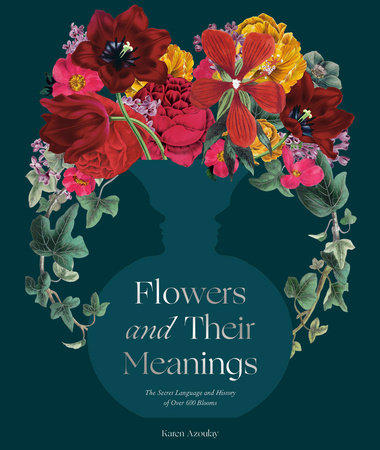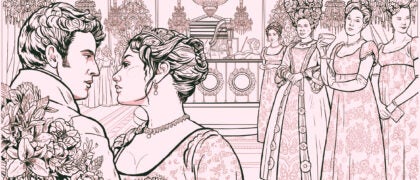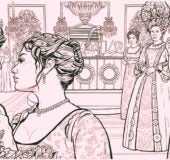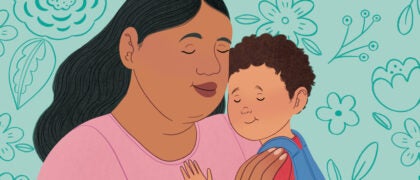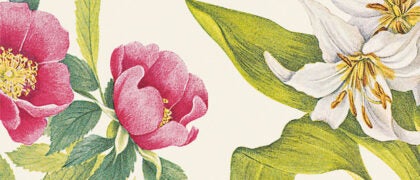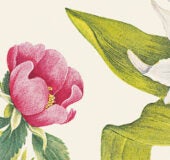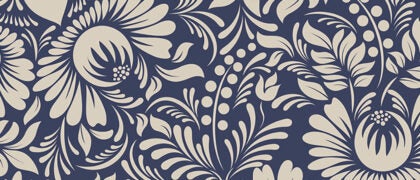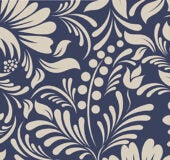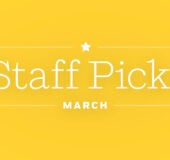IntroductionIt was a crown of orange blossoms that haloed twenty-year-old Queen Victoria on her wedding day. She loved all things floral and was very aware of the hidden meanings they projected. Fluent in the language of flowers, she knew the pale citrus blooms signified chastity, marriage, and—due to the tree’s generous trait to bear fruit and flowers simultaneously—fertility. Early in their marriage, Prince Albert’s grandmother gifted the young queen some myrtle, a bloom emblematic of love. Victoria had a cutting of the flower planted, and a sprig of myrtle originating from that bush has been included in every British royal wedding bouquet ever since.
One hundred forty-one years later, when twenty-year-old Diana Spencer walked down the aisle to marry Prince Charles, she held a cascading forty-two-inch-long bouquet. Following tradition, it included some of Victoria’s “love myrtle.” The showy floral burst featured many other botanicals, each known for a different sentiment, including ivy (“marriage”), gardenias (“transport of joy”), lily of the valley (“return of happiness”), and veronica (“fidelity”). Awkwardly tucked in behind all these white flowers, barely visible, were two canary-yellow roses. This variety of
Rosa floribunda happened to be named after Lord Mountbatten, Prince Charles’s deceased mentor and honorary grandfather. Presumably they were placed in his memory, but yellow roses are also known to signify jealousy and infidelity. Is it going too far to suspect the aggrieved Diana was expressing a complaint she could not yet dare speak aloud? This elaborate form of covert communication—broadcasting and interpreting emotions embedded in floral arrangements—is the art of floriography.
This wildly popular method of cryptologic communication captured the imaginations of many young women during the Victorian era. In the language of flowers, as it was commonly known, each botanical species was assigned a specific emotional sentiment, varying in tone from sweet (ivy geranium gallantly requested, “Your hand for the next dance?”) to melodramatic (
Viburnum declared, “I die if neglected”) to downright combative (a dried white rose indicated “death preferable to loss of innocence”). A thoughtfully curated bouquet delivered a layered poetic memo for the recipient to decipher with the help of an exhaustive dictionary. Hundreds of books documenting the language of flowers were published during the nineteenth century.
Once you start looking, you will find that countless secret floral messages have been left for you to discover. In J. K. Rowling’s
Harry Potter and the Philosopher’s Stone, the first time Professor Snape speaks to Harry, he asks, “What would I get if I added powdered root of asphodel to an infusion of wormwood?” Asphodel is a type of lily, meaning “my regrets will follow you to the grave,” and wormwood represents “absence” and “bitter sorrow,” translating to “I bitterly regret Lily’s death.”
Think of the coded language of emoji. Like a poetic bouquet, a chain of emojis can send a sincere message without uttering a word. It can be hard to express love, lust, and earnest declarations of praise or apology, but a combo of gimmicky symbols feels less vulnerable. As with floriography, this texting language was stylistically pioneered by young femmes. Since ancient times, urban youth—young women in particular—have used innovative terms that push language forward. In every generation, cries of illiteracy and vapidity belittle femme youth. In time, however, their colloquial transgressions are recognized.
Who has the need to communicate and verbally explore more than young women? I can recall talking on the phone for hours with my teenage best friend, Pam. We would meet each other at school first thing in the morning with long handwritten letters to exchange. Tightly folded into discrete shapes, these pages were filled with doodles, dreams, and quizzes about our crushes (written in secret code, of course).
Like pastel floral prints and other stereotypically feminine interests, certain language is often viewed to lack substance. Contrary to popular belief, the 1980s Valley girl
like is not a speech filler; linguists have determined its value as a modal marker, a technique of reinforcement, and for paraphrasing. The teenage vanguard who championed an overuse of
like are now middle aged and its use is still going strong.
Like was not a fleeting, immature fad.
When it comes to innovative language, women and girls have a knack for finding solutions to work around linguistic or cultural barriers. Floriography allowed women to express themselves on the topics of love and romance without disrupting the prohibitive expectations of feminine etiquette. While floriography can certainly be appreciated in a frivolous way, it can also be used to craft insightful messages. Poetic expressions of tender feelings and the artful creation of handmade tokens of love are worthy of admiration and value.
The history of the language of flowers offers a unique context to investigate and question some of the larger cultural realities at play leading up to the Victorian era.
Copyright © 2023 by Karen Azoulay. All rights reserved. No part of this excerpt may be reproduced or reprinted without permission in writing from the publisher.





